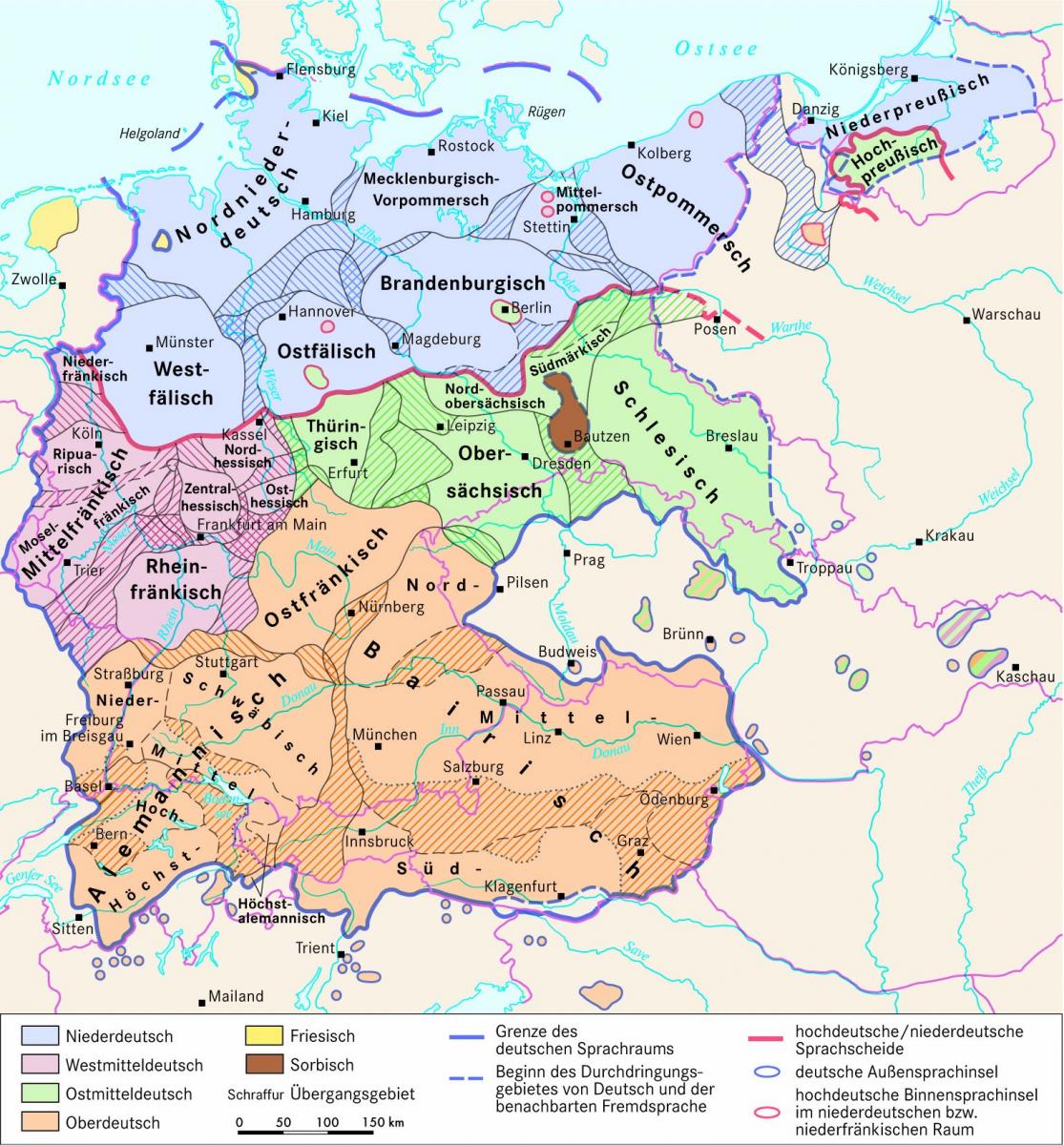Erosion Control
“
— ”
In South Africa, soil erosion - the mechanical disturbance and transportation of soil, rock, or dissolved material from one location to another by wind or water action - is an ongoing land degradation problem for the purposes of water supply retention and maintenance. Water supply contamination by eroded particulate matter that is harmful to human health and water reservoir leakages are characteristic of the major challenges in South Africa today. To combat this ongoing problem, several soil erosion control methods are employed which focus on vegetation promotion, water and moisture control, and wind abatement. Each in isolation works to varying degrees of effectiveness, but they are often used in tandem for better overall erosion control.
To promote vegetation growth and root permeation in soil, erosion control blankets are laid on top of young plants and seedlings to keep them moist and physically stable at vulnerable stages of their development. Both larger plants, such as shrubs and trees, and groundcover, such as grasses, are used to help keep soil structurally stable. One can observe through lines of vegetation that are grown on the tops of the large uranium tailing impoundment hills that cut through Johannesburg.
In terms of soil moisture control, the direct application of special moisture-binding liquids or water - whether by liquid spray or by fog - onto soil surfaces that are at risk of erosion can be an effective strategy for short-term mitigation, such as against a predicted period of strong winds. The key to moisture control is the ideal range of soil moisture saturation that ensures structural integrity against mechanical processes, while also avoiding oversaturation that would lead to mud-like consistency.
Wind can be directly combated through artificial constructions: wind barriers and nets can directly affect the flow of wind as it travels around and over erosion-risk surfaces. If improperly designed or placed, solid wind barriers risk introducing turbulence into the wind which may still result in surface erosion or disturbance of erosion-fighting flora. Penetrable wind barrier nets slow down the flow of wind passing through while also avoiding turbulence.

Image source:
“Soil Erosion Control.” n.d. Maccaferri Africa (blog). Accessed March 6, 2022. https://www.maccaferri.com/za/applications/erosion-control/.
References
1. “Biodegradable Soil Blankets in South Africa.” n.d. Gabion Baskets (blog). Accessed March 1, 2022. https://www.gabionbaskets.co.za/biodegradable-soil-blankets/.
2. “Fog Cannons – SCUA.” n.d. Accessed March 1, 2022. https://scua.co.za/fog-cannons/.
3. Grainsa, and RhinoReloaded. n.d. “Soil Erosion in South Africa - Its Nature and Distribution.” Soil Erosion in South Africa - Its Nature and Distribution. Accessed March 1, 2022. https://www.grainsa.co.za/soil-erosion-in-south-africa---its-nature-and-distribution
4. “Knittex Windbreak Nets Provide a Penetrable Wind Barrier Protection.” n.d. Accessed March 1, 2022. https://www.knittex.co.za/https:/www.knittex.co.za/knittex-windbreak-nets.html.
5. Le Roux, J. J., T. S. Newby, and P. D. Sumner. 2007. “Monitoring Soil Erosion in South Africa at a Regional Scale: Review and Recommendations.” South African Journal of Science 103 (7–8): 329–35.
1. “Biodegradable Soil Blankets in South Africa.” n.d. Gabion Baskets (blog). Accessed March 1, 2022. https://www.gabionbaskets.co.za/biodegradable-soil-blankets/.
2. “Fog Cannons – SCUA.” n.d. Accessed March 1, 2022. https://scua.co.za/fog-cannons/.
3. Grainsa, and RhinoReloaded. n.d. “Soil Erosion in South Africa - Its Nature and Distribution.” Soil Erosion in South Africa - Its Nature and Distribution. Accessed March 1, 2022. https://www.grainsa.co.za/soil-erosion-in-south-africa---its-nature-and-distribution
4. “Knittex Windbreak Nets Provide a Penetrable Wind Barrier Protection.” n.d. Accessed March 1, 2022. https://www.knittex.co.za/https:/www.knittex.co.za/knittex-windbreak-nets.html.
5. Le Roux, J. J., T. S. Newby, and P. D. Sumner. 2007. “Monitoring Soil Erosion in South Africa at a Regional Scale: Review and Recommendations.” South African Journal of Science 103 (7–8): 329–35.